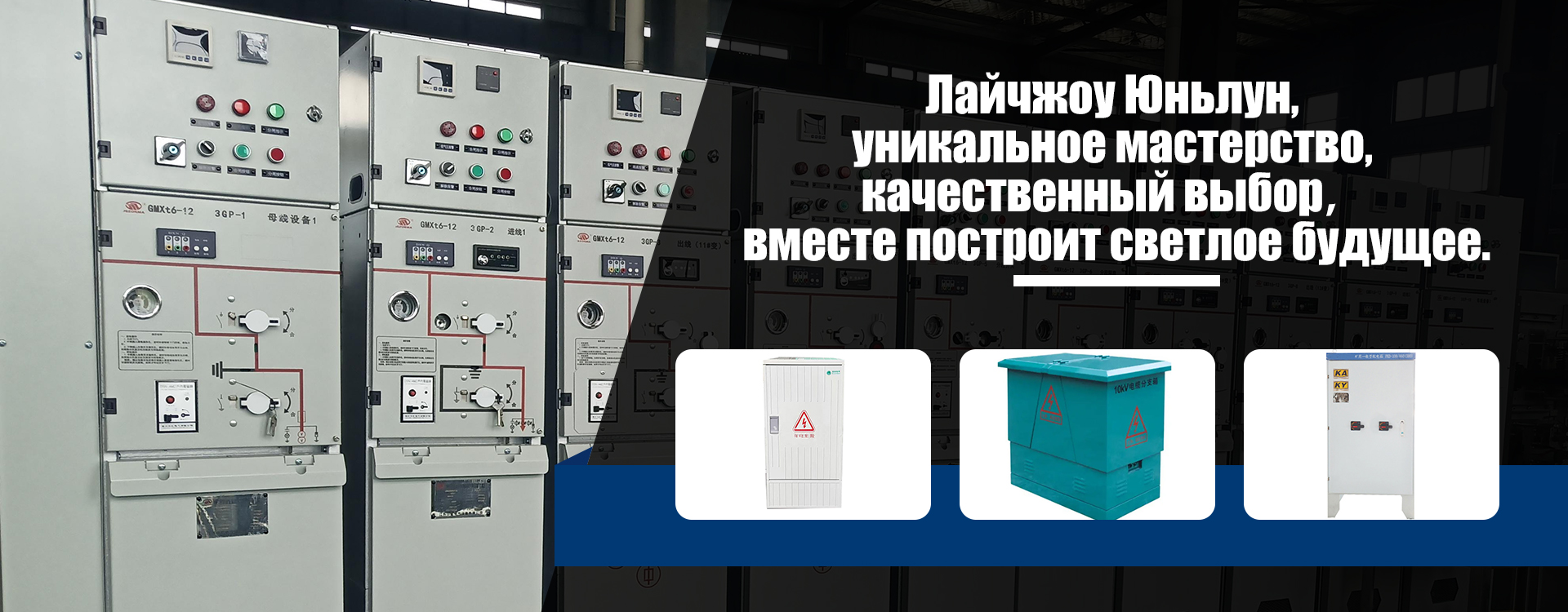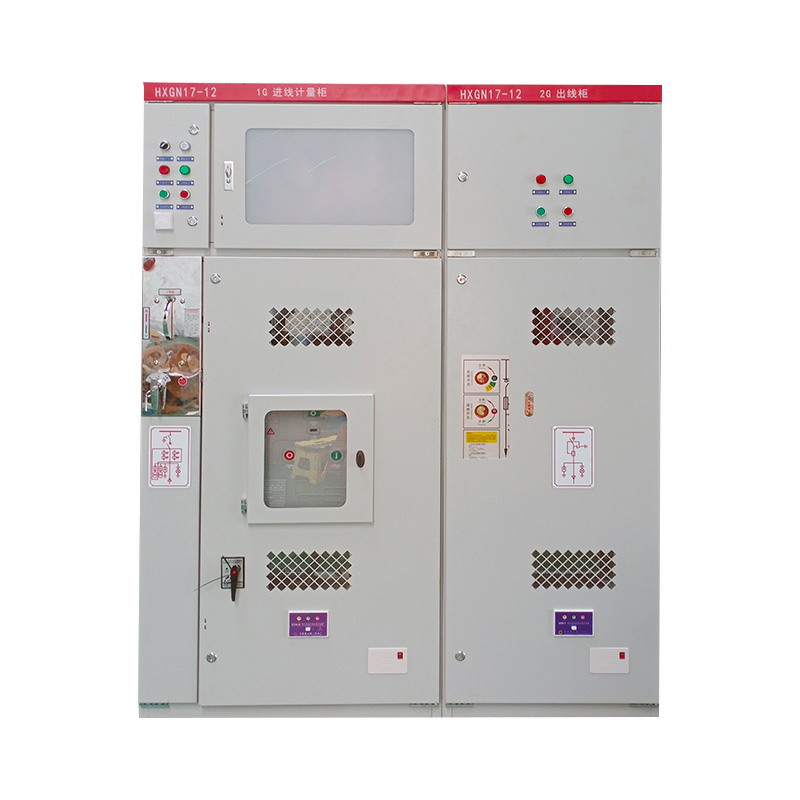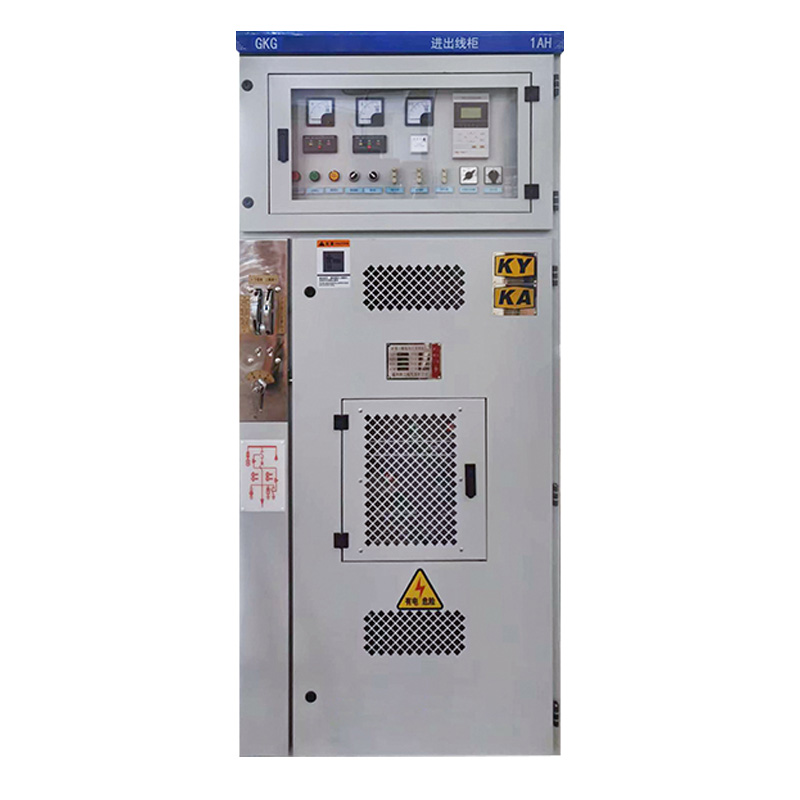
The power of the transformer substation
The power of the transformer substation
Transformer substations are inconspicuous heroes of our daily life. They work quietly and effectively, providing us with electricity to light houses, work of enterprises and uninterrupted communications. But what determines their capabilities, what is hidden behind the concept of power? Let's figure it out.
What is the power of the transformer substation?
The power of the substation is an indicator of its maximum ability to transmit electric energy. Simply put, this is the limit to which the substation can issue electricity without overheating and without failing. Power is measured in the ampere megavoltes (MBA). The larger the MBA indicator, the more electricity the substation is capable of providing. Imagine a water tower: its power is the maximum volume of water that it can give over a certain time. Similarly, the power of the substation determines its capacity of electricity.
What depends on the power of the substation?
The power of the substation is determined by several factors. Firstly, these are transformers-the main workhorses of the substation. Their power directly affects the total power of the entire installation. Secondly, the design of the substation is important: the quality of cables, cooling systems, distribution devices. The better the substation is designed and built, the more reliable and effective it works, and the higher its power. Finally, the power also depends on the needs of the area that it serves. If there are many large enterprises or high -rise buildings in the area, then a substation with greater power is required than for a small village.
Why know the power of the substation?
Understanding the power of the transformer substation is extremely important for energy supply planning. This helps to determine whether the power of existing substations is sufficient to meet the growing needs of the district. If the power is insufficient, this can lead to overloads of the network, power outages and, as a result, economic losses. Therefore, knowledge and competent control of the power of substations is the key to stable and reliable power supply. This is an invisible, but very important component of comfort and progress.
AppropriateProducts
Corresponding products
The best soldproducts
The best -selling products-
 Complete low -voltage equipment PZ30
Complete low -voltage equipment PZ30 -
 GKD low voltage
GKD low voltage -
 YBW-12 Prevented YBW-24 substation (European substation)
YBW-12 Prevented YBW-24 substation (European substation) -
 Distribution box for mining pdk
Distribution box for mining pdk -
 Complete low-voltage equipment XL-21
Complete low-voltage equipment XL-21 -
 Inflatable annular network cabinet
Inflatable annular network cabinet -
 Complete low-voltage equipment MNS 1600-4000a
Complete low-voltage equipment MNS 1600-4000a -
 Junction box
Junction box -
 Complete low -voltage equipment JXF
Complete low -voltage equipment JXF -
 High voltage distribution cabinet KYN28-12
High voltage distribution cabinet KYN28-12 -
 Complete low-voltage equipment MNS 800-2500A
Complete low-voltage equipment MNS 800-2500A -
 Power transformer S20
Power transformer S20
Connectedsearch
Related search- Chinese suppliers of wall metal distribution boxes
- Leading landing countries of hinged distribution shields from China
- Chinese factories for the production of metal distribution boxes
- Leading Chinese buyers of voltage switches
- Schrn 12 factories in China
- Cheap power cabinets basic buyer countries
- Chinese distribution boards 18
- Chinese suppliers of the size of the distribution shields
- Prices for cable trays in China
- The sizes of distribution shields






